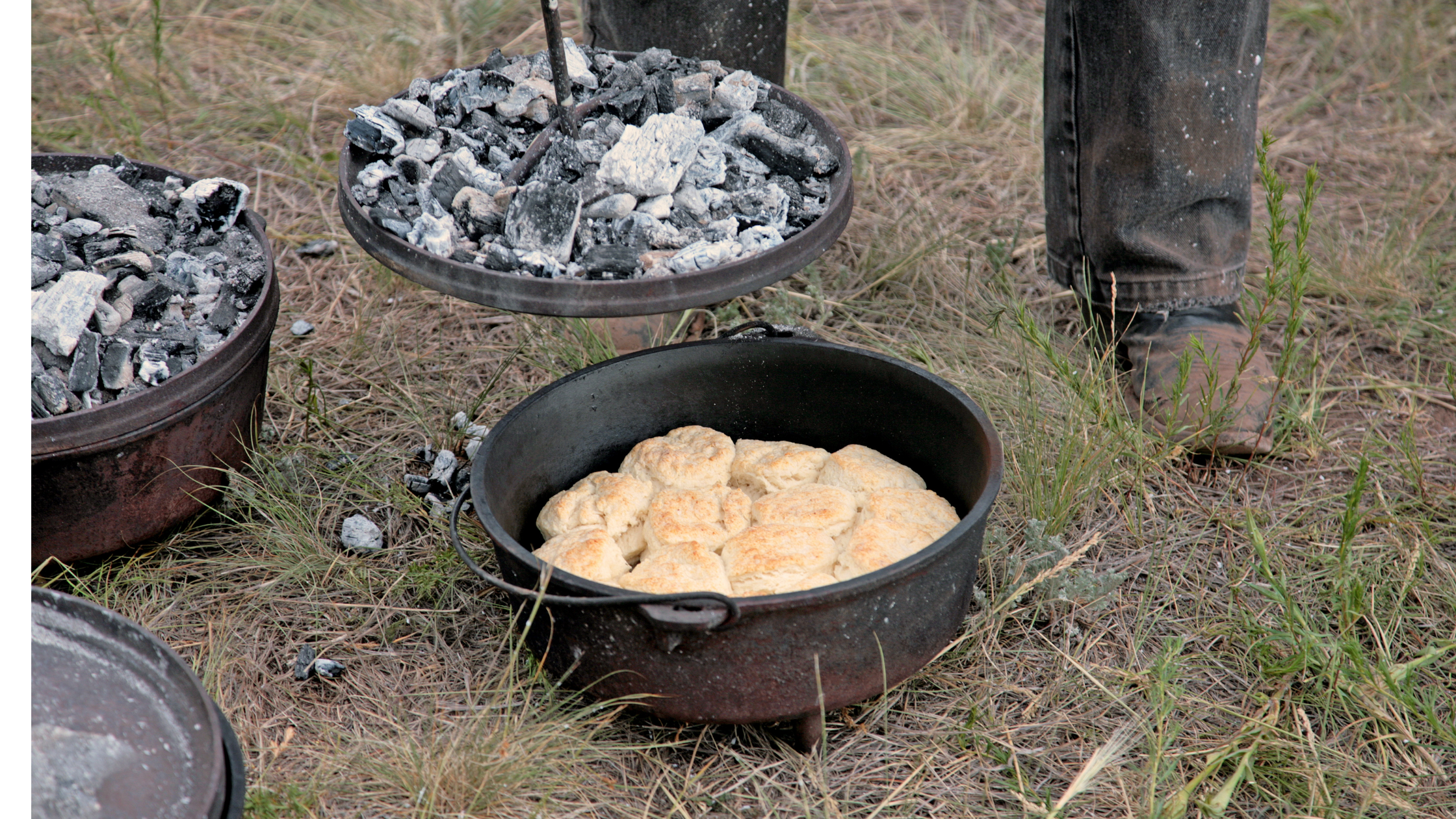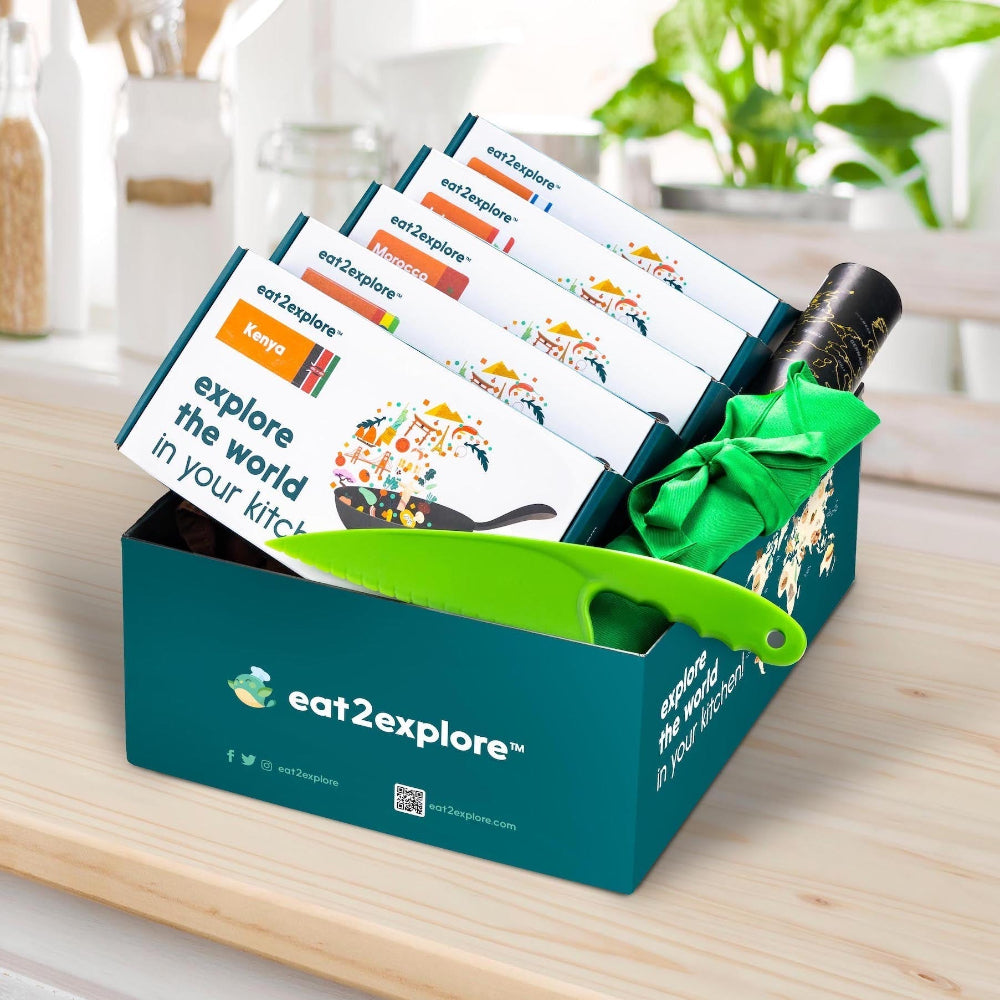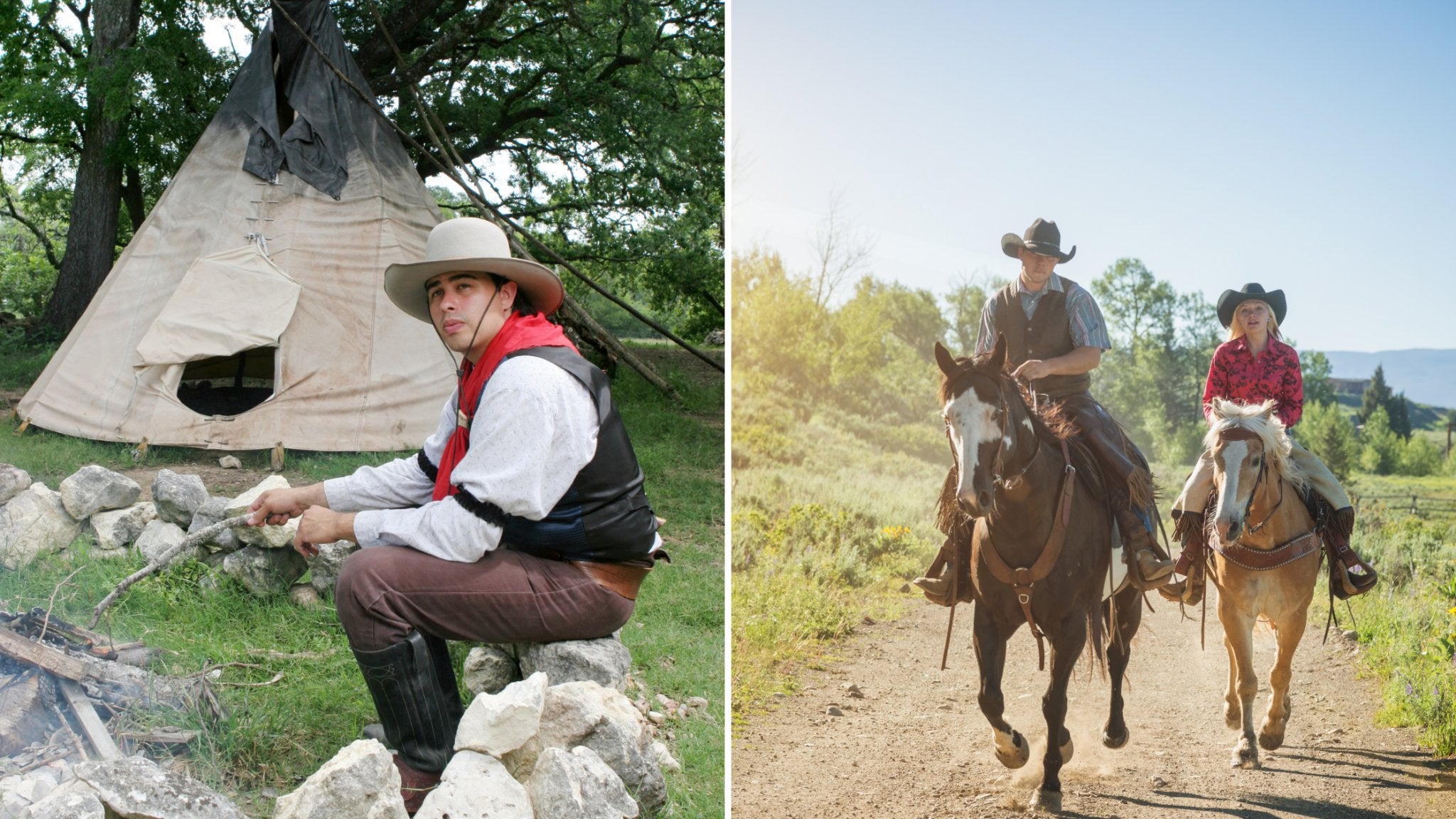The cowboy is a well-known figure in the American southwest. Wide-brimmed hat, bandana, poncho, boots, riding a horse over grassy terrain. Let’s take a wander through history and find out where the cowboy got started.
Way back before the early 1500’s, there wasn’t a single cow or horse in America! Spanish settlers arrived in Mexico in 1519. They imported longhorn cattle and horses across the Atlantic Ocean, and began setting up ranches.

The Spaniards taught the people living in Mexico how to ride their horses and handle the cattle. These guys were the first cow handlers in the Americas. They were called vaqueros, which came from the Spanish word for cow… vaca.
The vaqueros had some pretty impressive talents. From the back of a galloping horse, they could lasso a steer or calf. Vaqueros competed with each other to keep their skills sharp.
Crowds would gather to watch them leap from horseback to wrestle a steer to the ground, or see how long they could stay mounted on a bucking horse.

Their competitions are where modern-day rodeos originated!
While they’re most notably associated with the American southwest, there are cowboys and cowgirls all over the world! Only they aren’t all called “cowboys.”
In South America countries like Brazil and Argentina, they’re called gauchos. They're known as drovers in Australia. Peru calls cowboys chalan.
Basically, anywhere there are cattle and horses to be tended, there are people who handle that! Those people are cowboys and cowgirls, sometimes called cowhands or ranch hands.
Running The Ranch
Ranching became a big industry and cowboys helped run the ranches.
As the cattle grew in numbers, the ranches expanded out from Mexico. By the 1700’s, there were huge ranches in the areas where Arizona, New Mexico and Texas would be. They also stretched into areas of grassy plains in South America.
One of the main jobs of cowhands, even today, is rounding up the cattle to take them to sell or moving the herd to a different grazing area on the ranch.

Early on, cowboys moved herds of cattle to Mexico City to sell. It only takes between 8 to 12 riders on horseback to move a couple thousand head of cattle!
As ranches spread through the areas from Arizona to Texas, the cowboys would drive the cattle northeast to Abilene, Kansas. There the cattle were sold and loaded onto trains. The trains transported the cattle to places like Chicago and Philadelphia and New York City.
Get Along A Long, Long Way, Little Dogie
That trip was pretty rough. It was almost 800 miles of open terrain. The cowhands had to watch out for rustlers. Those were people who would try and steal the cattle along the trail.
Another thing the cowboys had to handle during a cattle drive was a stampede! If something like a predator or gunfire spooked the herd, the cattle would take off. It was incredibly dangerous as the men could be injured or killed during a stampede, not to mention losing cattle that didn’t stay with the herd.
Cow Herders Gotta Eat

Driving cattle along to the trains, cowboys relied on the chuckwagon and the cook for their meals.
The chuckwagon was where all the food was kept and the food they took had to travel well. It was filled with staples like flour, salt, brown sugar, dried beans, cornmeal, rice, dried fruits, baking soda, and, of course, coffee.
Chuckwagon cooks kept the cowboys fed. Granted, the food on the trail wasn’t anything fancy. Cooking was done with Dutch ovens and cast-iron pans over an open flame. It consisted of a lot of beans, biscuits, and coffee.

The cowboys would hunt for wild game, or they’d fish to provide some variety to their meals.
The cattle drives took months to complete. That amounted to days and days on horseback, staying alert for signs of trouble, and sleeping under the stars.
Once the cattle had been delivered, they were allowed to head into the local towns and relax.

Most of the time, they were a pretty rambunctious group. Quite a few were banned from places for being too rowdy!
The life of a cowboy wasn’t as pretty as some of the old movies make it look. It was hard work over long days.
When they weren’t rounding up cattle, cowhands took care of mending fences, tending to their horses, and making sure everything ran smoothly around the ranch.
While being a cowboy might be a bit rough, you could try a sampling of some old fashioned chuckwagon “eats.”
That's what we're all about at eat2explore. We want to take you on a wonderful journey around the world through food!

Bonus Recipe
Pinto Beans and Skillet Cornbread
For the beans:
1 pound of dried Pinto Beans, picked over for little stones or twigs and rinsed.
- Soak the beans overnight.
- Toss out any that float to the surface.
- Drain off the water the next day.
Time to cook!
Use a heavy cooking pot.
Add the beans and cover them with water. You want the water to be at least an inch or two over the beans.
They have to cook for a while, and you don't want all the water to simmer away.
- Toss in ½ cup of chopped onions,
- 2 teaspoons of salt,
- a bay leaf,
- and seasonings of your choice.
Try some ground cumin, chili powder, garlic powder, and pepper.
Mix your spices, combined adding up to around a couple of teaspoons worth, in with the beans and bring the water to a boil.
Reduce the heat, put a lid on the pot, and let the beans simmer for an hour to and hour and a half. (It takes a while for them to soften up!)
For the cornbread:
While the beans are cooking, you can make the cornbread.
You’ll need a heavy skillet (like a cast-iron pan) with a lid that’s at least 10 inches across
- 1 ¼ cups Stone Ground Cornmeal
- ¾ cups flour
- 2 ½ Teaspoons Baking Powder
- 1 to 4 Tablespoons Sugar (depends on how sweet you want it)
- ¾ Teaspoon Salt
- 2 to 3 Tablespoons of Melted Butter (the chuckwagon would have had bacon grease, but butter works)
- 1 cup Milk
- 1 or 2 large Eggs (this makes the cornbread rich)
Mix all the dry ingredients, then add the wet. Don’t mix it too much, or your cornbread will get tough. A few strokes to combine everything is plenty.
Stovetop version (imagine a campfire!)
Pour the mixture into a really well-greased skillet and cook, covered, over a really low heat for 20 minutes. Test the doneness by sticking a toothpick in the center. If it comes out clean, the cornbread is done!
Oven version
You can also bake the cornbread in a 425-degree oven for 15-18 minutes in an 8 by 8-inch pan. Just make sure you grease the pan well, otherwise it’ll stick like crazy!
Chow Down Like A Cowhand!
Once the beans are done, remove the bay leaf, and serve them up in bowls, kind of like soup.
Add whatever you like to them, like grated cheese, chopped tomatoes, salsa, and chopped green onions!
Enjoy the beans with a slice of warm, buttered cornbread and pretend you're at the end of a long, satisfying day of rounding up the herd.
Good job!







